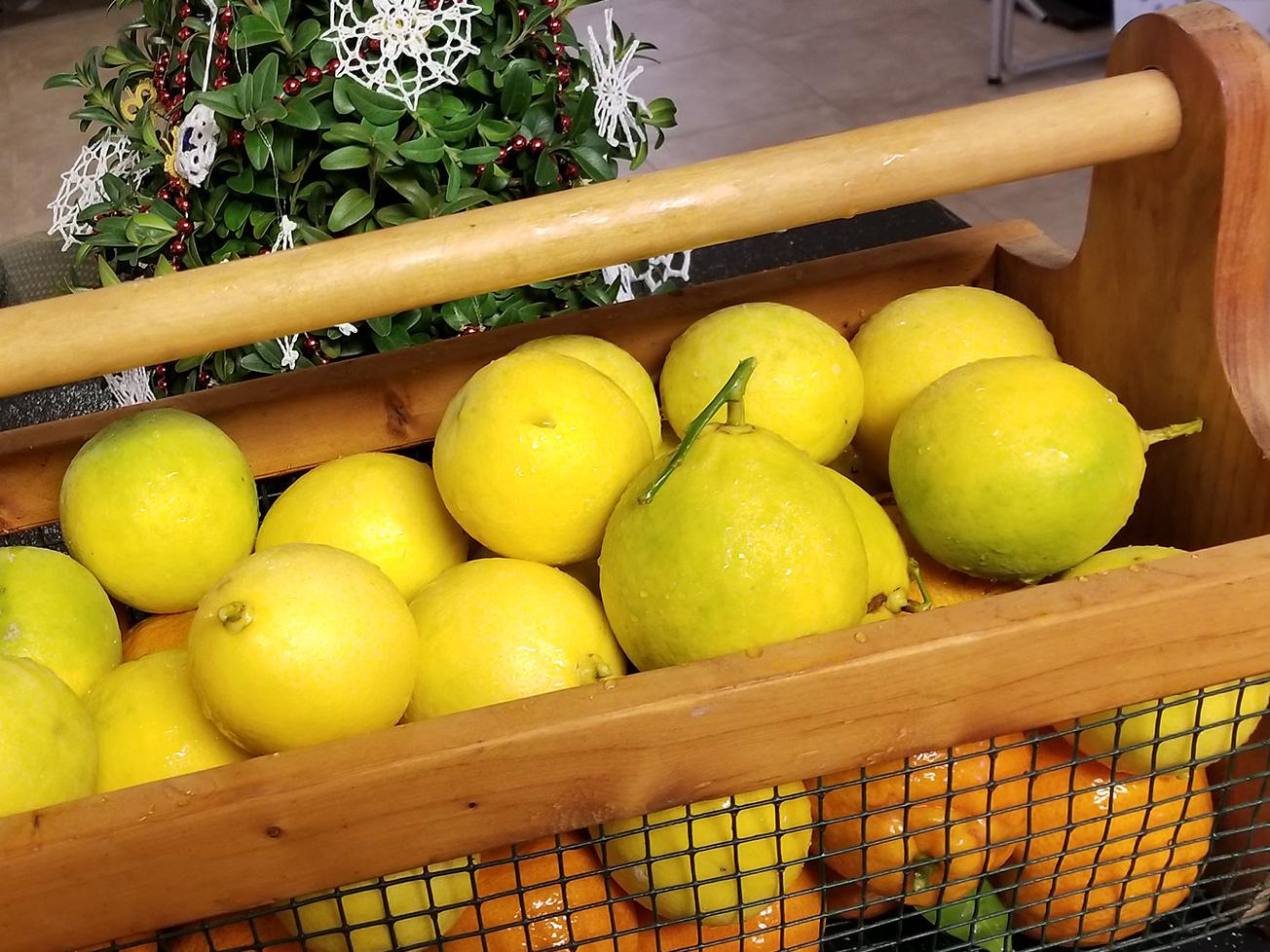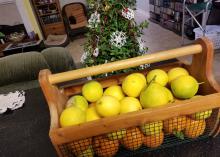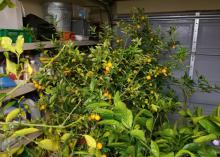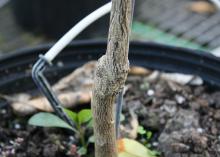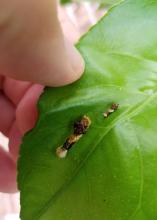Information Possibly Outdated
The information presented on this page was originally released on October 29, 2018. It may not be outdated, but please search our site for more current information. If you plan to quote or reference this information in a publication, please check with the Extension specialist or author before proceeding.
Citrus trees’ harvest makes them worth growing in state
The fall and winter seasons mean it’s time for colorful pansy, viola and dianthus. But the changing seasons also mean that home gardeners who grow citrus will soon harvest delicious fruit -- satsuma, kumquat, Meyer lemon, oh my!
I’ve been enjoying fresh-off-the-tree satsumas for about a month. A friend suggested that you don’t have to wait until the satsuma fully develops that rich, orange color. The sugars are close to their maximum content just as the fruit starts showing some yellows.
I had to try this approach, even though I considered it odd advice. I found that the sections looked ripe and had a really sweet, orangey taste. Who knew? I’ve always waited until they were completely orange before sampling the delicious and easy-to-eat treats, but not anymore.
Before moving to Mississippi, I used to see Meyer lemons only on culinary shows where they were touted as one of the best citrus choices. When I learned that I could have my own Meyer lemon crop, it was game on. I have learned to really appreciate Meyer lemons.
Unlike their thick-skinned, sour cousins in the grocery store, Meyer lemons are thin skinned and really sweet. They are a result of a cross between a lemon and an orange, but the details have long been lost to history. Not even 23andme can figure out the ancestry of Meyer lemon, but who cares? They are delicious!
I have four Meyer lemon trees, and for the past several years, the entire crop has been destined for a batch of homemade limoncello, which is a family holiday tradition.
Making homemade limoncello for Christmas is really easy. You need only four ingredients: 750 ml of vodka or Everclear, six Meyer lemons, two cups of sugar, and two cups water if you use vodka or three cups of water if you use Everclear. This recipe is easily scaled up for my increasing harvests. Follow these steps to make limoncello:
- Zest the Meyer lemons and then juice them. Do not juice first, as this makes zesting impossible.
- Add the Meyer lemon zest to the vodka or Everclear. The alcohol will extract the lemon oils and flavors. Cover and set aside for a week.
- Make simple syrup with the sugar and water.
- Strain the zest out of the alcohol mixture, and add in the simple syrup.
- Let the limoncello rest for at least a month in a bottle or jar. Enjoy!
Know that when you grow citrus trees, they must be protected from the cold. I planted all my citrus in 25-gallon containers so I could move them to the garage for protection. This past January, all of my citrus trees lived in my garage for 14 of the first 21 days of the month.
Citrus trees need cold protection because they are grafted, and the graft union is susceptible to freeze damage. Without cold protection, the graft can die and the rootstock will become dominant. A clue that this is happening is the appearance of thorns on the branches.
If you grow citrus, you will have an interesting visitor that has an interesting name. You’ll notice what looks like bird droppings on some leaves, but it turns out they are actually the caterpillars of the beautiful Giant Swallowtail butterfly. Citrus is one of their preferred host plants. As these caterpillars are usually in plain view, the bird dropping mimicry is a defense mechanism against predators.
Larger caterpillars are often called orange dogs and usually are found resting on stems. I’ve enjoyed watching these guys munch of the leaves of my satsuma and Meyer lemon as they grow. Don’t worry about them, as they don’t each much.

